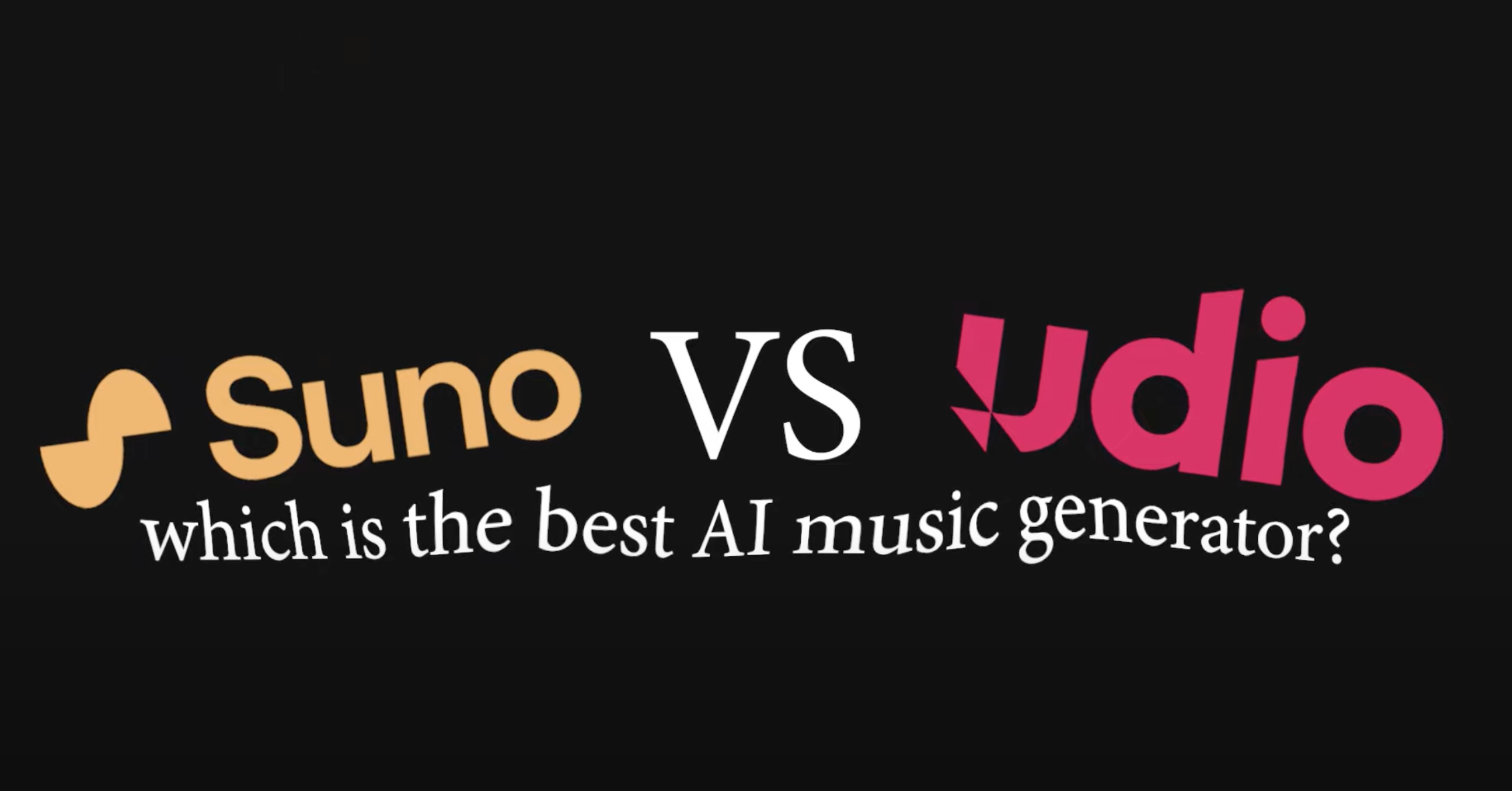Suno AI was, in my opinion, the best music generator until recently when its competition, Udio, emerged. In this article, I will compare Suno and Udio to determine which is the superior music generator. We will examine their offerings bar for bar and delve into various aspects such as pricing, features, user experience, and actual music generation comparisons.
Pricing and Plans
Starting with the most critical aspect, pricing: both platforms offer free plans. You can generate songs on both platforms without any cost. Udio, still in its beta phase, is entirely free for now and allows up to 1,200 songs per month (600 generations, as each prompt generates two songs). This is subject to change once Udio launches paid plans.
Suno’s free plan provides 50 credits daily, costing five credits per song, equating to ten songs or effectively five generations per day. Over a month, this totals approximately 150 generations or 300 songs. The necessity to utilize generations daily to maximize output is a significant limitation.

Before Udio’s launch, I had subscribed to Suno’s $10 per month Pro Plan, which offers 500 songs monthly (about 250 generations), commercial usage rights, and priority in the generation queue. This plan also allows up to ten concurrent jobs, although I rarely use more than two at a time.
Features and User Experience
Both platforms have a user-friendly interface, with similar layouts including a menu bar and various tools for creating and managing music. Udio App consistently has the generation bar visible, whereas Suno App requires navigation to the creation page. Each platform offers features like private generation, playlist creation, and easy sharing options.
Music Generation Comparison
To evaluate their music generation capabilities, I compared the results of specific prompts and settings on both platforms. For instance, using the prompt “realm of melodic tranquility,” the outcomes were noticeably better on Udio in terms of lyrical and musical alignment with the prompt.
However, for a New Wave rock song prompt, Suno provided a clearer and more thematic generation despite Udio having a catchier title option.
In experimenting with instrumental features, Udio’s generations were less repetitive and more dynamically aligned with old school hip-hop compared to Suno’s simpler outputs.
On the other hand, Suno excelled in custom modes, especially when specific lyrics and styles were requested, showing its robustness in handling tailored inputs.
Conclusion and User Feedback
In conclusion, each platform has its strengths: Udio excels in sound quality and flexibility, while Suno is preferable for electronic music and custom lyrics, although its overall sound quality may lag. The choice between Suno and Udio ultimately depends on the specific needs and preferences of the user.
I invite you to try both platforms and share your experiences. Which do you think is the best AI music generator? Your feedback will help further refine our understanding of these tools. If you found this comparison helpful, please subscribe and like this article.
Read related articles:

